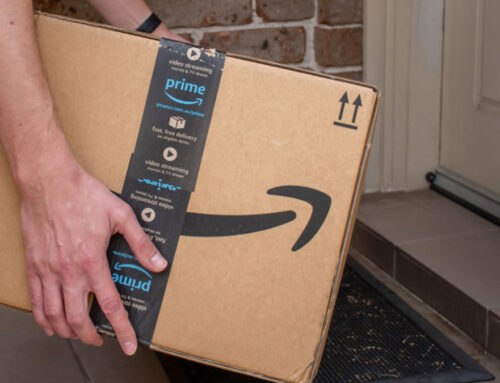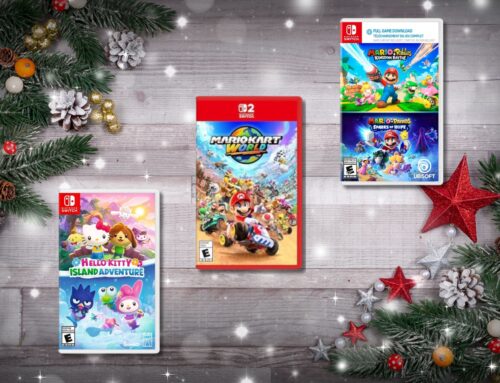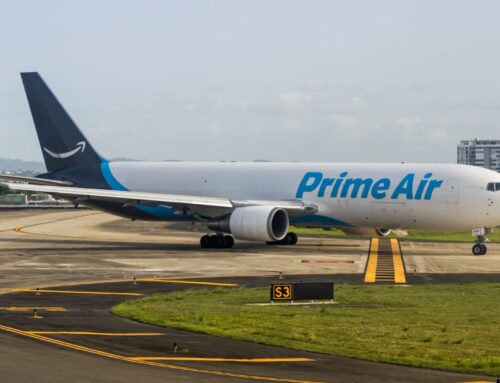Lessons Buried in Florida’s Past
May 15, 2025
In a world grappling with rising seas, intensifying storms, and sprawling development, the answers to some of our most urgent environmental questions may lie just beneath our feet.
Archaeology, often thought of as a discipline focused solely on the past, is increasingly recognized as a tool for protecting the future. At a recent “Science Nite – Archaeology” event hosted by Rookery Bay Environmental Learning Center and the Florida Public Archaeology Network (FPAN), experts from across the state came together to explore how Southwest Florida’s archaeological record can inform modern resilience and sustainability efforts.
Ancient Engineering, Modern Lessons
One of the most striking examples shared at the event was the Mud Lake Canal, an Indigenous-engineered waterway in the Everglades that once protected freshwater marshes from saltwater intrusion. “It’s an engineering marvel,” said Dr. April Watson, professor and archaeologist at Lynn University. “Subsequent people couldn’t even achieve what they did.”
Built without modern tools, the canal is a powerful reminder of the ingenuity and deep ecological knowledge of Indigenous societies in Southwest Florida. From elevated earthen mounds designed to withstand flooding and storms to intricate aquaculture systems, these communities flourished by working with the land, not against it.
“It’s not just the environment that’s changing now – it was changing then too,” said Watson. “We can look back and ask how they adapted and strategized.”
Natalie De La Torre Salas, Public Archaeology Coordinator for the Florida Public Archaeology Network’s Southwest Region, echoed that perspective. “Indigenous people knew and continue to know how to live in balance with nature,” she said. “They used resources intentionally and consciously so ecosystems and wildlife could continue to thrive.”
Unlike agricultural societies, groups like the Calusa developed complex, stratified communities built on marine-based subsistence and long-distance trade across the Caribbean. Their achievements challenge outdated assumptions that farming was essential for civilization to succeed.
“Mounds weren’t accidental,” said De La Torre Salas. “They were intentional, sustainable responses to a challenging environment, built by people who understood their surroundings intimately.” These ancient strategies, she added, are now reflected in our own climate adaptations, like elevated housing and storm planning.
“We’re learning the hard way what they already knew,” she said. “Their example proves that survival doesn’t come from conquering nature, but from coexisting with it.”
Archaeology as Environmental Advocacy
Archaeologists today aren’t just uncovering history – they’re also advocating for the protection of fragile ecosystems. “Archaeology and the environment are inseparable,” said De La Torre Salas. “Protecting one means protecting the other.”
That’s why national parks like Everglades and Dry Tortugas manage natural and cultural resources as a single unit. Changes in water chemistry or land use don’t just affect species – they impact the visibility, stability, and accessibility of archaeological sites. “Cultural sites are like endangered species,” said Watson. “Once it’s gone, it’s gone forever.”
Sites like Key Marco, where organic artifacts were preserved in oxygen-free muck since 1896, contain rare wooden tools, woven materials, and carvings that reveal not only how people lived but how they responded to ecological change. Unfortunately, the same forces that preserved these materials now threaten them. Saltwater intrusion, erosion, and rapid development can destroy archaeological resources before they’re even studied.
Development vs. Preservation: A Tenuous Balance
As Florida’s population booms and construction spreads across every unbuilt parcel, archaeologists face a difficult question: how do we honor the past while meeting the needs of the present?
“It’s not that development is inherently bad,” said De La Torre Salas. “The issue is unchecked, profit-driven growth that threatens both communities and cultural heritage.” In places like Miami, she noted, historic buildings are now being demolished to make way for new apartments. “We’re running out of land to build on, and in the rush, we’re erasing irreplaceable pieces of our heritage.”
Coastal areas, in particular, are hotspots for both ecological sensitivity and archaeological significance. “Indigenous people favored water access, just like we do today,” De La Torre Salas explained. “But when we build condos and parking lots near shorelines, we destroy mangroves, displace wildlife, and often obliterate archaeological sites in the process.”
Sara Ayers-Rigsby, Southeast & Southwest Regional Director of FPAN, emphasized the importance of responsible planning. “People need housing, people need infrastructure – but we don’t want to blindly destroy the past to get there,” she said. “We need enforceable policies that protect historic sites and ensure that if something must be built, it’s done with care.”
Both experts agreed that local engagement is crucial. “Not every important site is on the National Register,” Ayers-Rigsby said. “If there’s a church, cemetery, or cultural site that matters to your community, speak up. Make sure your local legislators know it matters to you.”
Bringing the Past into the Classroom
Another key theme discussed at Science Nite was the opportunity for archaeology to be discussed in the classroom. For educators, archaeology offers more than just historical context – it’s a gateway to interdisciplinary learning and critical thinking. “You use math to open excavation units, biology to analyze soil samples, and storytelling to interpret findings,” Said De La Torre Salas. She also emphasized that archaeology can be a powerful tool for teaching empathy and sustainability, especially when integrated into science, language arts, or social studies.
Through programs like FPAN’s free online curricula and Heritage Monitoring Scouts (HMS Florida) Program, teachers can access hands-on resources to engage students with real-world issues like climate change and cultural preservation.
Oftentimes, students are interested in archaeology but don’t know where to start. Breanna Vaccaro, Museum Registrar at Mound House, said community involvement is the first step. “Volunteer as much as you possibly can. If you don’t know about us, we’re not going to know about you.”
She emphasized that internships, museum visits, and conversations with professionals are vital ways to get your foot in the door. “A lot of people’s careers start there – with curiosity, commitment, and just showing up.” While formal opportunities may be limited, especially at the national level, local institutions like Mound House are increasingly opening their doors.
With a new Artifact Preservation Center (ACP) now open, Vaccaro hopes to launch new internship programs soon, and she encourages high school and college students – as well as curious residents – to volunteer. “We’re not here to gatekeep knowledge,” she added. “We want people to ask questions, be curious, and get involved in sharing these stories.”
Preserving the Past and Protecting the Future
From hands-on exhibits to panel discussions, Science Nite highlighted the many ways people, regardless of background, can connect with archaeology, support cultural preservation, and take part in shaping a more informed and resilient future.
The takeaway? You don’t have to be an archaeologist to make a difference. Organizations like FPAN train citizen scientists to monitor vulnerable sites, document cemeteries, and advocate for local heritage boards and historic districts. Even attending a city council meeting or asking questions about land use can shift how decisions are made.
As Southwest Florida confronts the pressures of growth, sea level rise, and ecological imbalance, the region’s archaeological record could be one of its greatest assets – if we’re willing to listen.
Search
RECENT PRESS RELEASES
Related Post




